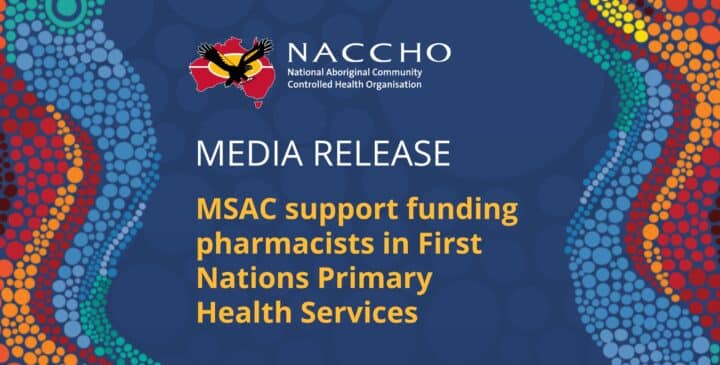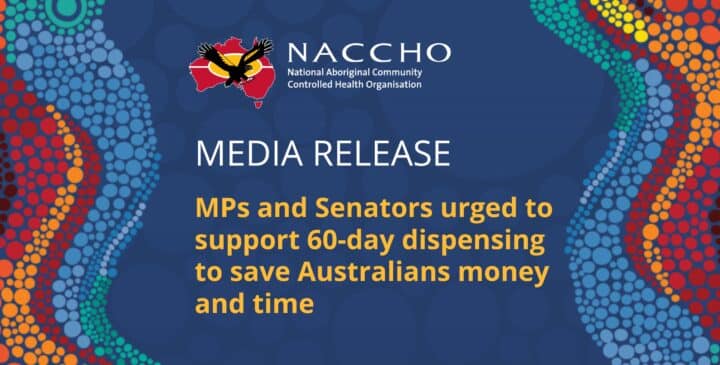

Opioid pain medicines – Recent regulation changes
Regulations for opioid pain medicines have recently changed to help improve safety. These changes include new pack sizes and PBS restrictions that affect how they are prescribed. There are also new resources for patients and health professionals to promote safe use. Some of these resources can be found in the links below:

Australian College of Rural and Remote Medicine (ACRRM) and Rural Doctors Association Australia | Joint opioid safety page, including consumer and practitioner resources

NPS MedicineWise
- Opioids: New and amended PBS listings. Changes made to support the appropriate prescribing and use of opioids, and reduce harms (read more)
- Opioids information video and Consumer resources. This 5 minute animated video from NPS MedicineWise and the Faculty of Pain Medicine of the Australian and New Zealand College of Anaesthetists (ANZCA) provides information to people who may be considering taking opioids for chronic (ongoing) non-cancer pain. (read more)

Australian Indigenous HealthInfoNet | Facts about prescription opioids
Further information for consumers and health professionals
Changing pain medicine treatment to reduce harm
Strong pain medicines, such as opioids are important for pain relief for many people, but they can have serious side effects, even when taken as your doctor or health care worker tells you to. Problems with opioids can also occur when people share opioids, keep them in a place where others can access them or depend too much on them.
There are now changes to how people in Australia can get and use opioids to make sure they are used as safely as possible.
Which opioids have changes?
| – tramadol – tapentadol – codeine – buprenorphine |
– hydromorphone – morphine – oxycodone – fentanyl – methadone. |
What are the changes?
- Smaller pack sizes: if you need opioid pain medicine for short-term pain relief.
- More safety information for you, health service, your doctor and pharmacist.
- Your doctor and health worker can discuss other options available to treat pain instead of opioids.
Why are there changes?
- To reduce the amount of harm caused by opioid pain medicines across Australia.
- Every day 150 people are seriously hurt from the side effects of opioids and need to go to hospital. More than half of these are from prescription medicines.
- A serious side effect of these medicines is how quickly your body gets used to them. They may stop working as well and you need to take more to get relief. Then you may depend too much on using them and you may feel sick if you stop taking them suddenly.
What do I do next?
Talk to your doctor or pharmacist about:
- the benefits of lowering your opioid pain medicine dose
- other pain medicines that could be just as good with less risk
- changing from taking opioid pain medicines to other ways of treating your pain.
Will I still be able to take opioid pain medicine?
- Yes. Doctors can keep prescribing opioid pain medicine if they think it’s safe and the best way to treat strong pain. Doctors and your health service will work with you to decide on how best to treat your pain.
- People who are dying or have cancer can keep the same medicines and pack sizes as before.
- Doctors can prescribe opioid pain medicine for people who need strong pain relief for a short time while they recover from surgery or an injury. The number of tablets in the pack will be smaller than before.
- People who want to reduce the opioids they are taking will need to reduce slowly, so they don’t get sick by stopping suddenly. This will give them time to think about other options for their pain.
For more information from Therapeutic Goods Administration (TGA) visit https://www.tga.gov.au/hubs/prescription-opioids

